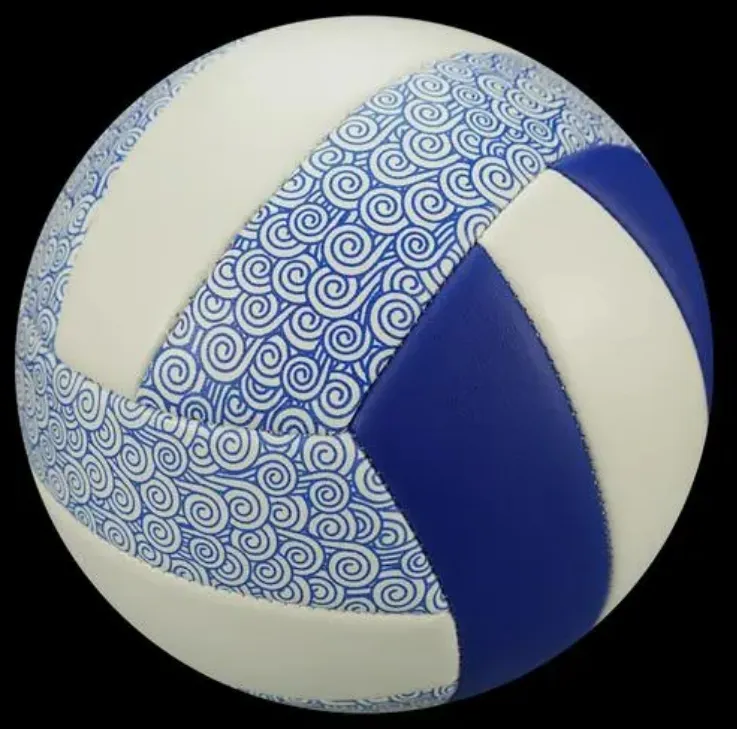Futsal, a fast-paced and exhilarating variant of indoor soccer, requires specialized equipment, among which the futsal ball holds significant importance. Understanding the right sizing of a futsal ball can enhance not just the playing experience, but also improve safety and performance on the court. This guide delves into the specifics of futsal ball size, drawing on extensive expertise and professional standards to provide a comprehensive understanding.

The official size for futsal balls, as established by international governing bodies like FIFA, is traditionally smaller than a regular outdoor soccer ball. While a standard outdoor soccer ball is a size 5, futsal balls are generally size 4. This reduction in size allows for greater control in tight spaces, fostering precision and skill development necessary for indoor play.
Another unique feature of futsal balls is their reduced bounce. Unlike their outdoor counterparts, a futsal ball is crafted with a low-bounce design to suit the indoor surface, which impacts the play’s tempo and requires quick thinking and strategic movement.
Experience from seasoned players indicates that the smaller size and controlled bounce of the futsal ball cater to a higher level of technical refinement. Players often find that the lower bounce encourages the use of foot skills, such as dribbling and close ball control, essential in a compact playing field. This characteristic of futsal balls necessitates a refined technique, which in turn enhances a player’s overall skill set. Consequently, practicing with a futsal ball has been widely advocated by coaches seeking to improve their players' quick decision-making capabilities and ball-handling skills.

Authoritative sources underline that the choice of a futsal ball is not merely about compliance with regulation sizes, but also about adapting to the distinct demands of futsal as a sport. The materials and construction of futsal balls are designed to withstand the rigors of an indoor court. Typically made of a durable, synthetic material, often polyurethane, these balls are crafted to endure the hard, flat surfaces, while maintaining optimal weight and balance to minimize wear and tear during play.
futsal ball size
Expert insights also emphasize the significance of selecting a futsal ball that is crafted with a professional-grade finish. Balls that feature quality stitching and layers of foam cushioning contribute to better grip and control, providing an additional layer of reliability and predictability in handling. Such high-quality balls not only enhance gameplay but also assure safety, reducing the risks of inappropriate behavior such as excessive bouncing that can lead to accidents or injuries on the pitch.
When choosing a futsal ball, it is also crucial to consider the environment and purpose of use. Training scenarios might benefit from balls designed specifically to aid skill enhancement, while competitive play calls for regulation balls that adhere strictly to official parameters. Brands with established reputations for producing high-caliber futsal balls, like Adidas and Select, offer diverse options catering to various needs, from beginner to professional levels.
In conclusion, the size and design intricacies of futsal balls play a pivotal role in shaping the indoor soccer experience. Adhering to professional standards and considering expert recommendations can enhance both the quality and safety of play. With a profound understanding and correct selection of futsal balls, players can potentially improve their skills and enjoy the dynamic nature of futsal to its fullest.













